How to Catch BIG Bass in Late Summer & Early Fall
Part 1 of this 3 part series: Shallow Water. Beautiful weather and the promise of the fall feeding binge approaching deceives bass enthusiasts. Truth be told, the late summer and early fall is often a frustrating time of year to catch big bass. Small and medium-sized bass are still eagerly eating a host of lures, but the lunkers are missing. Several factors contribute to this.
Why Fish are Hard to Catch including Big Bass
- There is a ton of bait available. Every prey species is prevalent in their highest numbers of the year – bait fish, crayfish, insects, amphibians and more. When so much is available, fish do not need to expend the energy to chase artificial lures. Precision casting to place lures directly in front of their face is often the only way to catch a big bass.
- Fish do not have eyelids. Humans wear sunglasses, squint, and blinks thousands of times for relief from sun. Bass have none of these luxuries, thus prefer hanging out in spots that offer shade. Those spots are typically hard to access with a fishing lure. Think extreme: extremely shallow and deep because those extremes offer the best shade. Shallow, shady places are normally under docks, moored boats, and emergent weed beds. The alternative is deep water where sun penetration is minimal.
- Many bass become nocturnal during the second half of summer. A look at bass fishing tournaments confirms this. The winning weights are significantly lower than those of spring tournaments, but the exception are night tournaments. Night tournaments often take spring-level weights to win. Throughout the world’s animal kingdom, predators are almost always most active at night. During the hottest months, the aquatic world is no exception.
Lures to Catch shallow Big Bass in Late Summer and Early Fall
Big largemouth bass are a lot like grizzly bears: without consideration of others, they take what they want because they can. This includes prime real estate. Exposed water between a break line and shallow docks may be loaded with small and medium-sized bass. That’s probably because the biggest fish have claimed the best shade in the extreme shallows and depths.
Smallmouth bass are more like wolves. They run in packs and are willing to chase their prey for miles, but the biggest use structure to ambush the same way as largemouth. The difference between the two is depth: smallmouth are rarely found in extremely shallow water. Deep water lures and tactics will be discussed in the next blog.
Regardless of species, the biggest bass are not going to do much work for a meal, which is why it is necessary to put an easy meal in front of them.
This lure has the perfect profile to lodge into hard to reach shady spots. Inactive big bass often hang out under docks and boats during the day. Unfortunately, they usually are not willing to chase a bait outside their lair, but they cannot escape their predatory instincts. A jig slung into their nest often triggers a reaction bite like a tossed ball does to a dog.
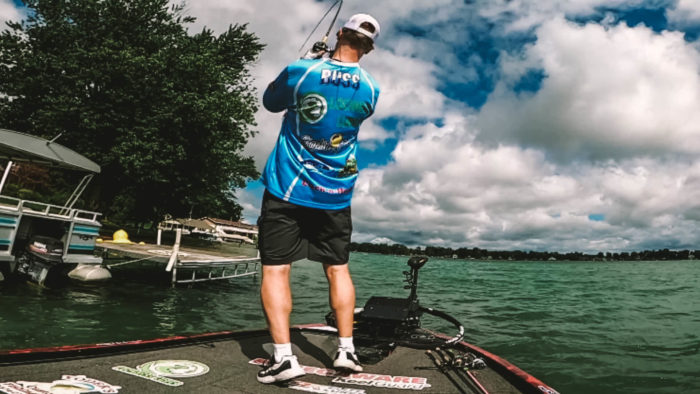
Regardless of species, the biggest bass are not going to do much work for a meal, which is why it is necessary to put an easy meal in front of them.
Andy Buss
Color selection should mimic the forage. Even in lakes with large populations of shad, bluegill are often the dominant species around docks. Black/blue and green pumpkin are staple colors that work across the country.
Go heavy when considering weight. This is a reaction bite in shallow water, which diminishes the importance of the jig’s action. Plus, heavier jigs will skip more easily. Braid line also skips more efficiently than fluorocarbon and monofilament line.
Always add a matching trailer, and keep in mind how it will impact the rate of fall. Trailers with large appendages slow down the fall rate significantly, which makes them better choices when in water less than 2 feet.
Any time emergent weed beds create a canopy, bass will be below them. Like bass hanging under docks, these fish are often inactive, but will react violently to a fast dropping bait in their face. These scenarios require a bait that is virtually weedless. A Texas-rigged plastic bait, like this one or this one, fits the bill.
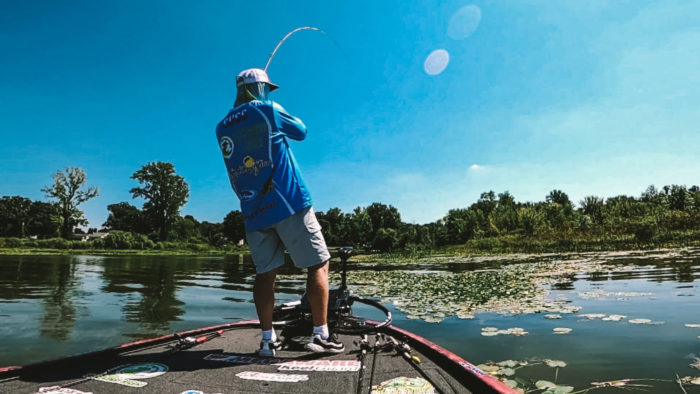
To penetrate through the canopy of weeds, a heavy weight is necessary. How heavy depends on the density of the weeds. A reliable rule of thumb is to use the lightest weight necessary to break through.
Believe it or not, pitching the bait 15 feet or closer is oftentimes best. Long casts into big mats of weeds will make a big splash, and it is best to minimize the splash as much as possible.
This technique excels when bass are sitting on the bottom, but they may also be hovering just below the weeds. In that scenario, a frog dragged over the top can produce heart-throbbing blow ups.
A wacky rigged stickbait might be the best lure to catch bass in between the extreme shallow and extreme depths, but it is deadly effective in the shallows as well. It is a great alternative to the jig around docks. At times the subtle wiggle and sinking rate of the stickbait will outproduce the heavier jig. This may especially be true in clear water.
If catching big bass during late summer and early fall is a struggle, consider the extreme shallows. But be sure your boat is prepared for the obstructions. A KeelGuard and SkegGuard will not only protect your investment, but also peace of mind.
Stay tuned for Part 2 of this series. It will cover lures in the opposite extreme: Deep Water.

Andrew Buss
Andrew Buss resides with his family in the great state of Indiana. When he’s not fishing, creating YouTube videos or running the R&B Bass Circuit, he poses as a school teacher. If you’d like to see more from the #hunteroffish check out his social media channels.
DID YOU ALSO SEE?
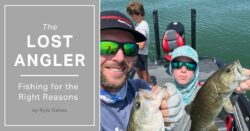
Fishing For The Right Reasons

Fishing as a Co-Angler: Benefits, Challenges, and Techniques
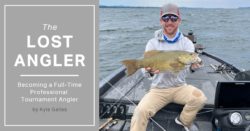

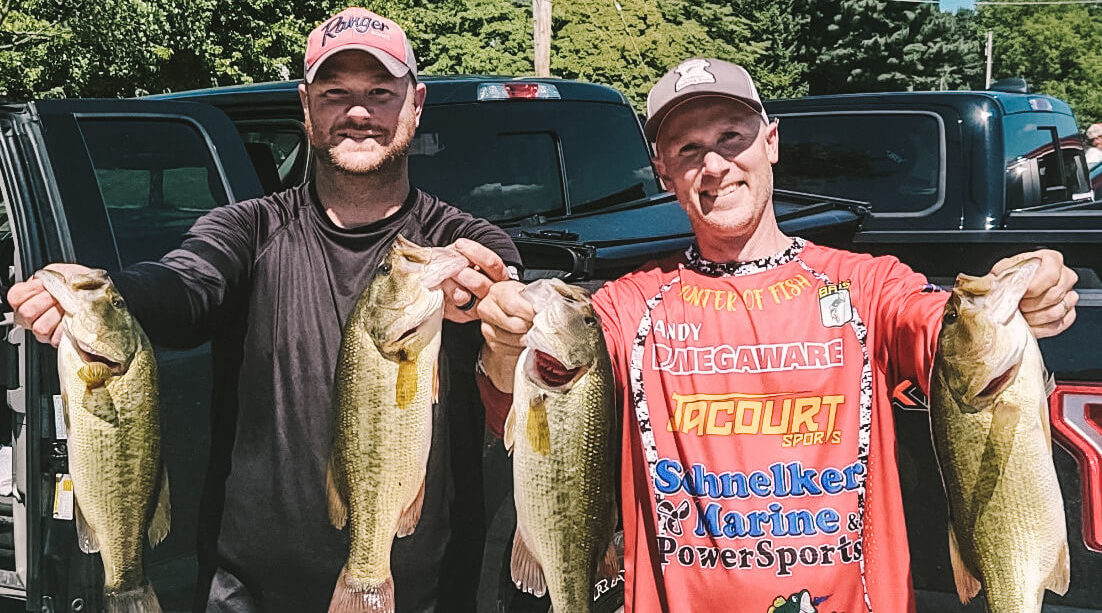
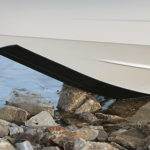

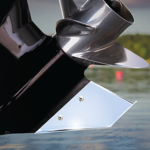

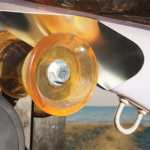
Comments